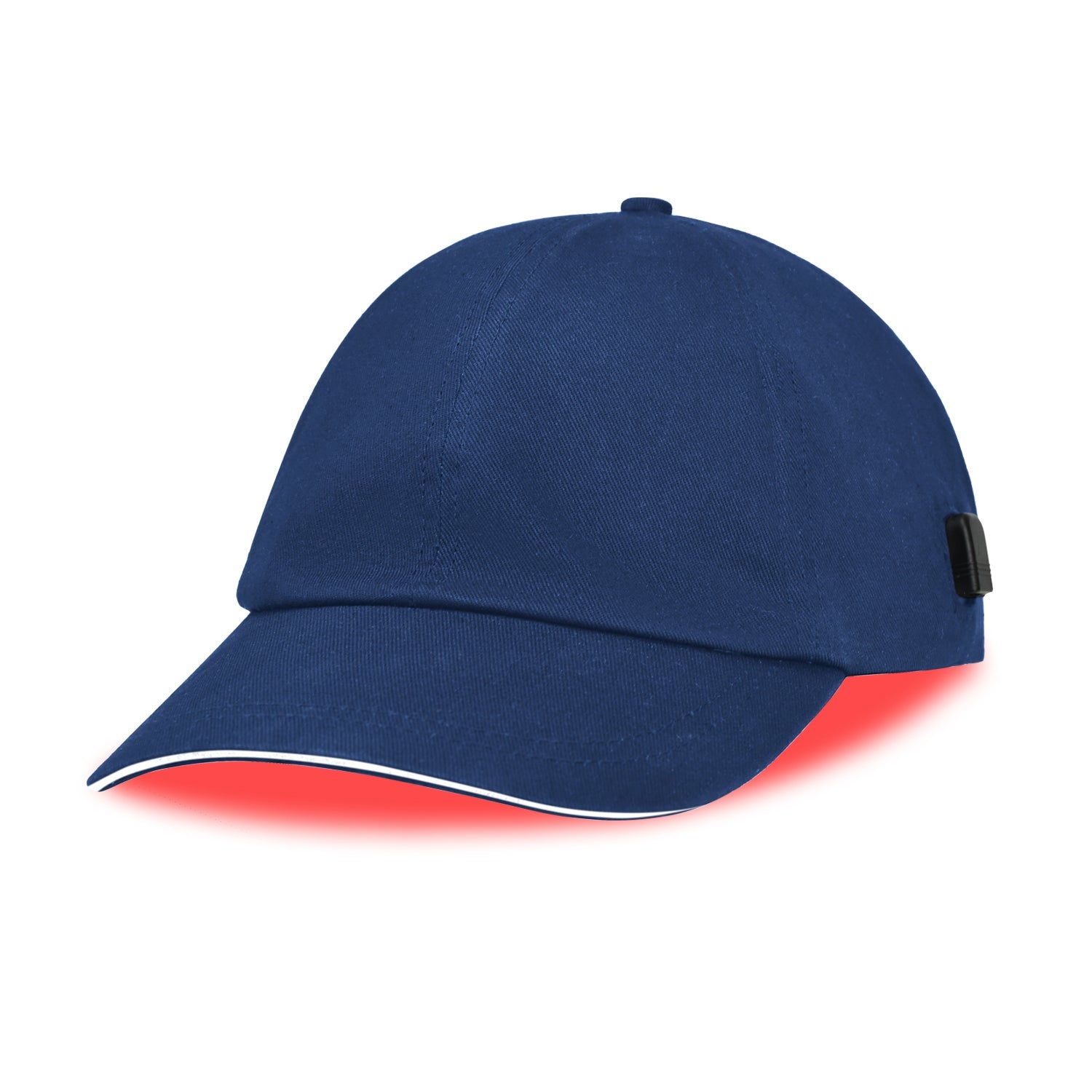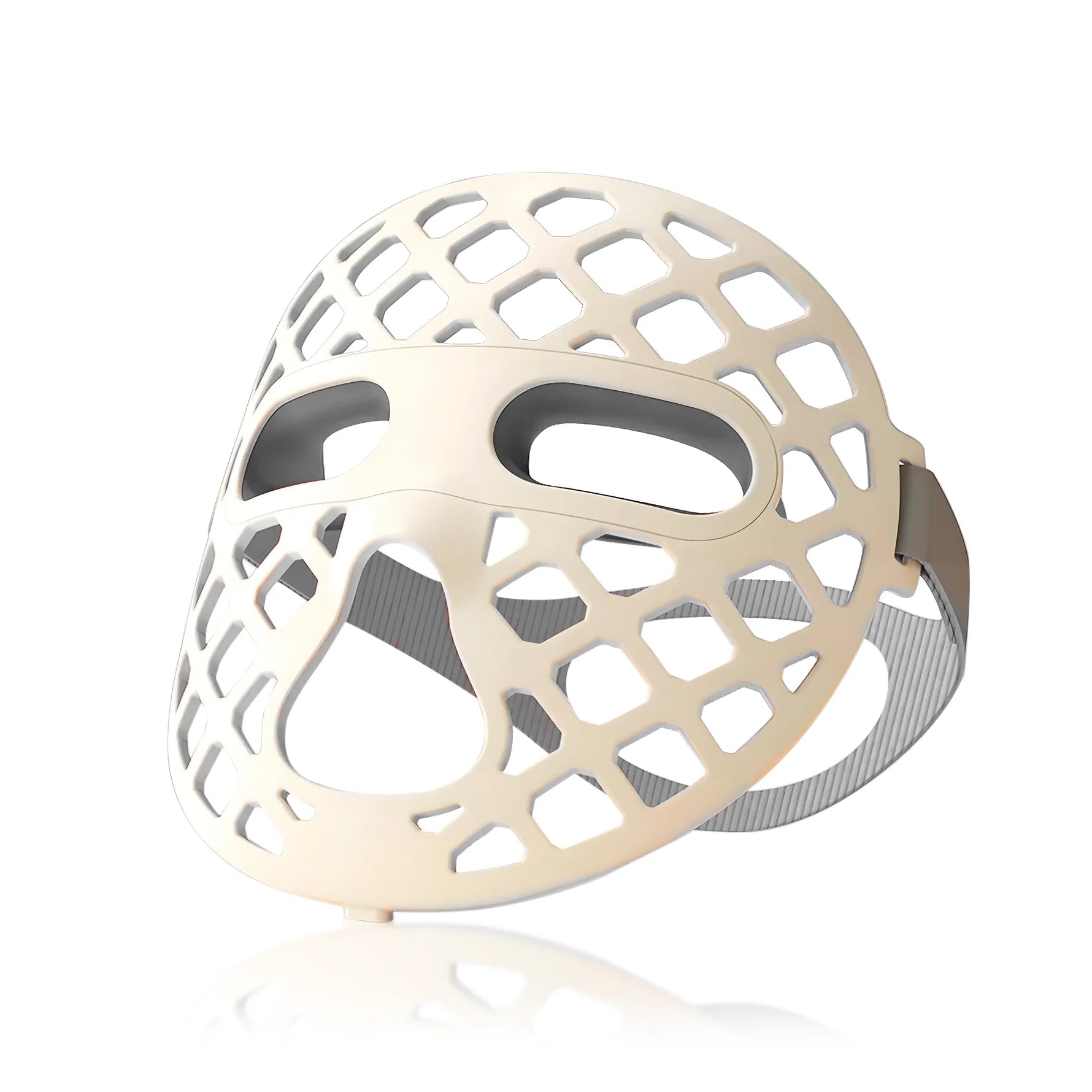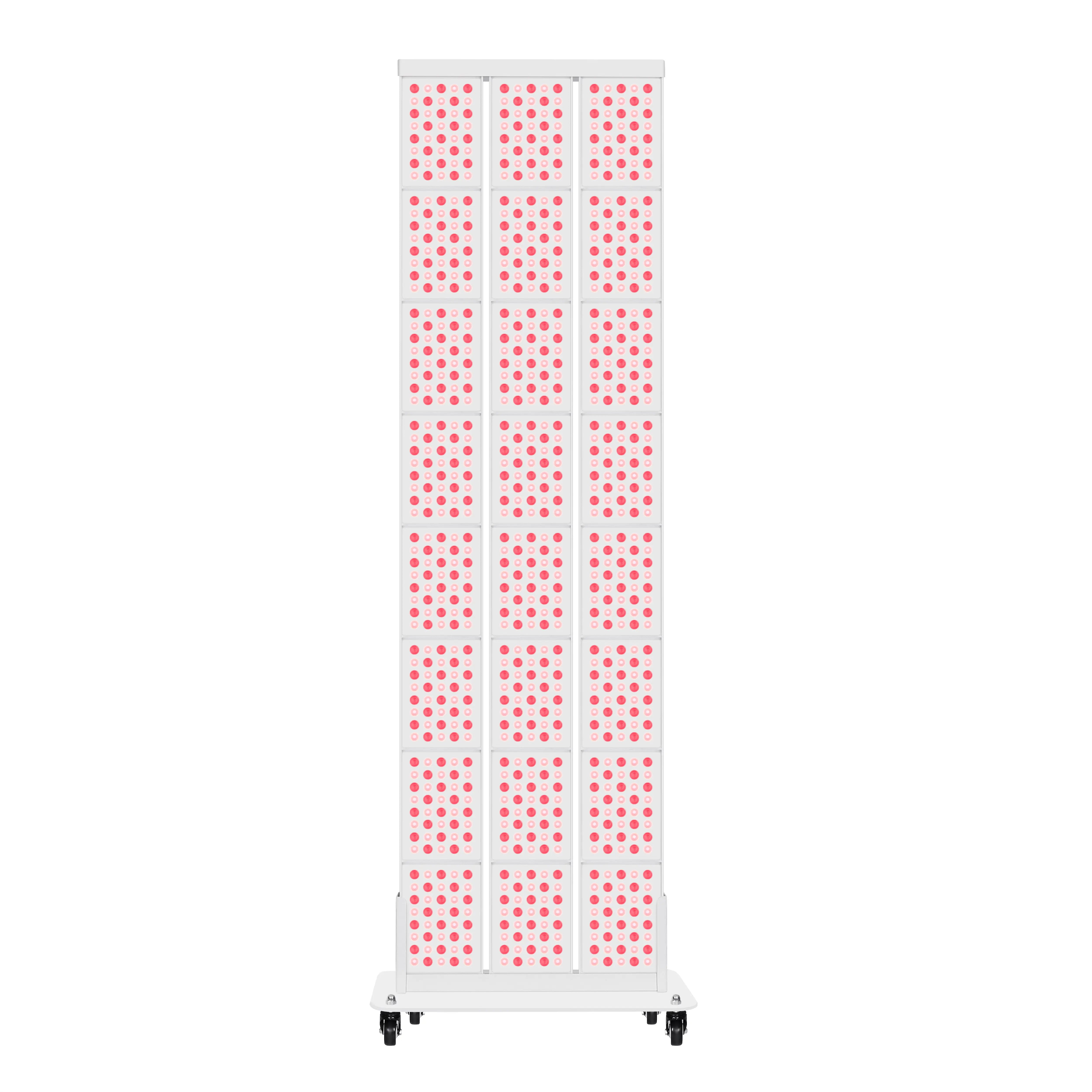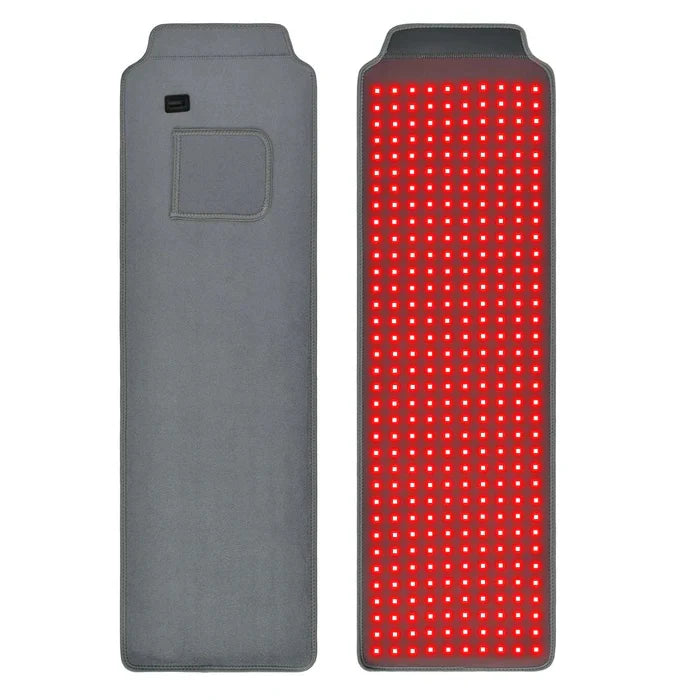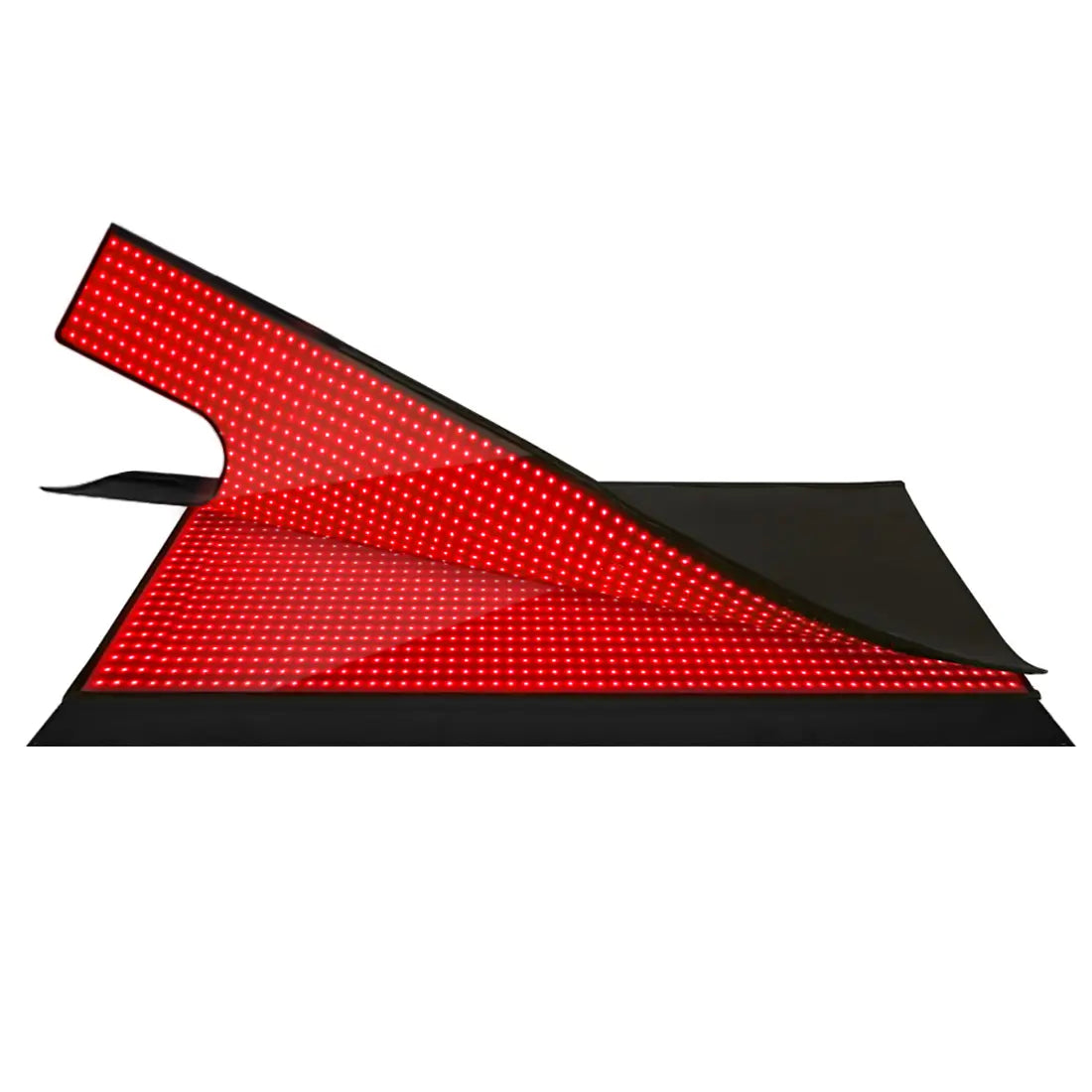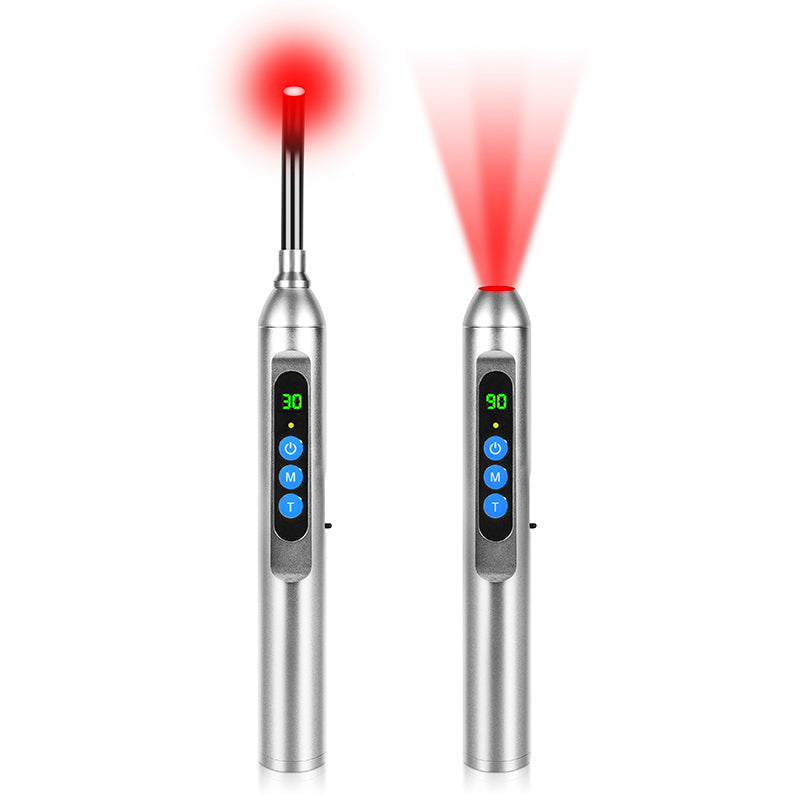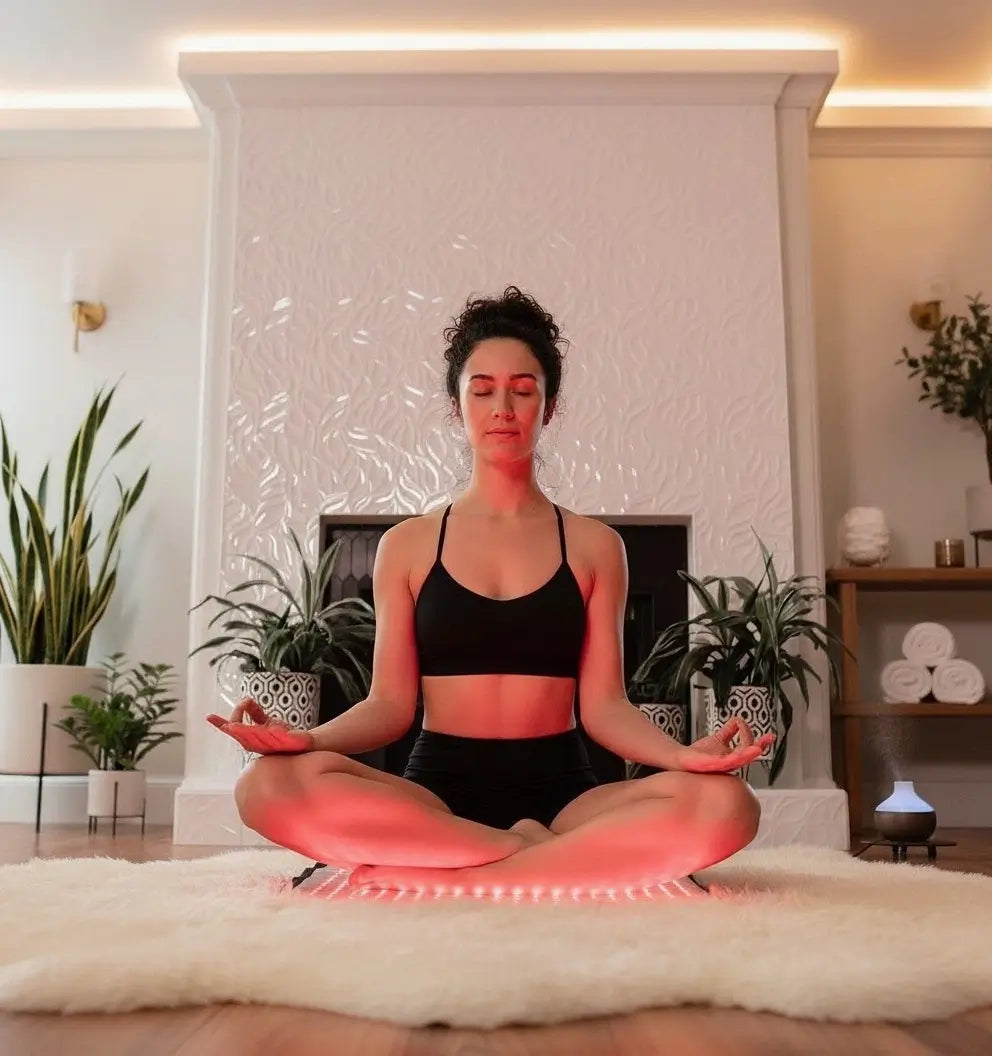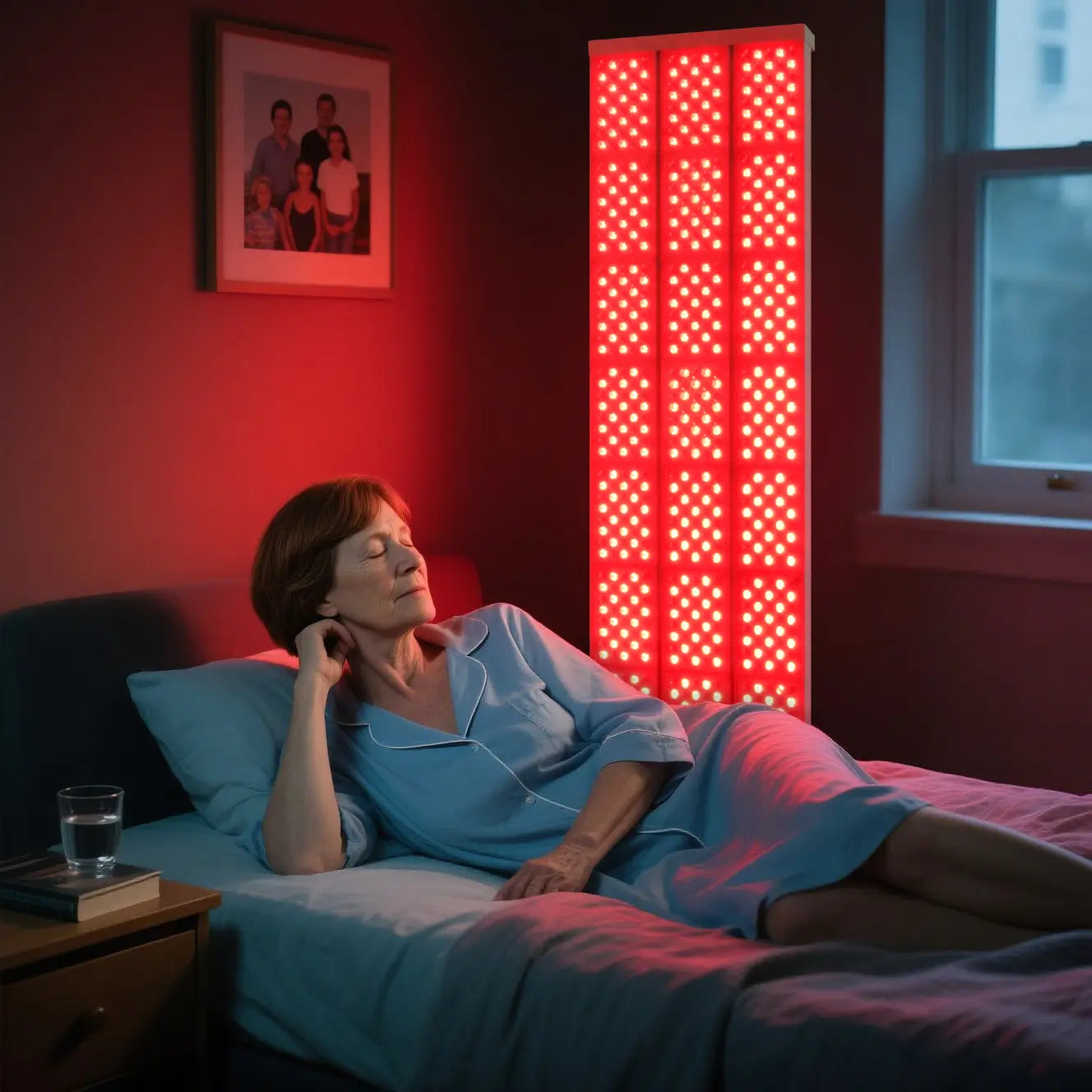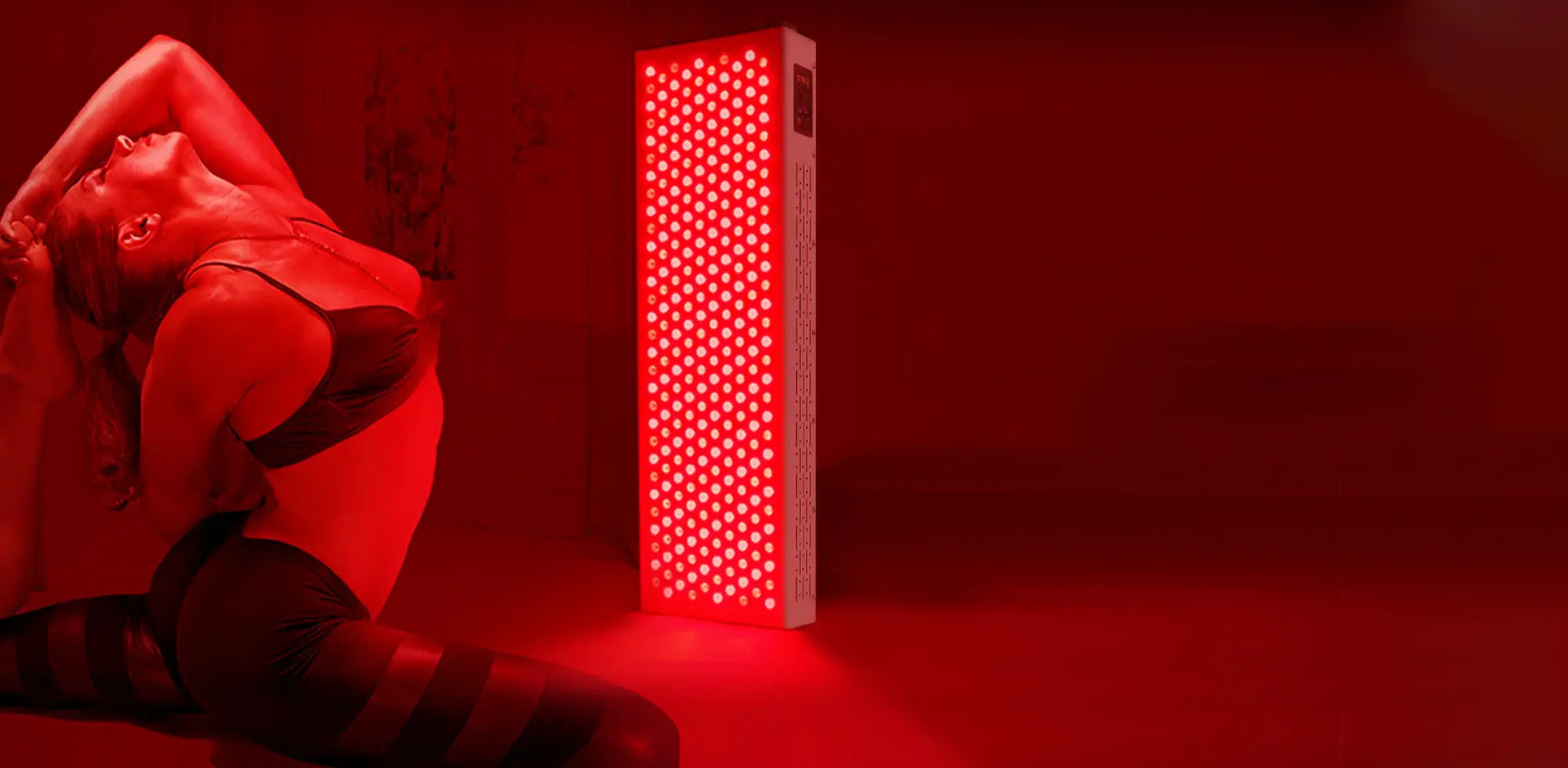So, you've got your new red light therapy cap, and you're ready to see some real results. It’s a serious tool for your hair's health, and you’re probably wondering, "How often should I actually be using this thing?" That's the key question. Using your device with the right frequency is what unlocks its full potential. Too little, and you might not get the changes you're hoping for. Too much, and you could actually slow things down.
Think of this guide as your complete playbook. We'll walk through the science in a straightforward way, explore what determines your personal schedule, and give you clear, practical routines to follow. By the end, you'll know exactly how often red light for hair treatments are needed to get the most out of your red light cap.
The Core Principle of Red Light Therapy Cap Usage
Before we jump into specific schedules, it helps to understand why the frequency matters so much. When it comes to your red light therapy cap, getting great results really boils down to two main ideas.
Consistency is Everything
The journey to healthier, fuller hair is a marathon, not a sprint. Red light therapy works by waking up dormant hair follicles and improving the overall health of your scalp. These are gradual biological processes. A single session is a good start, but it's the consistent, regular treatments that encourage follicles to get back into their growth phase and produce stronger hair over time. It’s like a workout routine for your scalp—you won’t build strength with random effort. It’s the steady, predictable sessions that lead to real, lasting change.
The “Sweet Spot” for Treatment
A key idea in light therapy is something scientists call the "biphasic dose response." All that means is there's a "sweet spot" for the amount of light energy your cells need to thrive.
Imagine you're watering a plant:
- Too little water: The plant won't grow.
- Just the right amount: The plant flourishes.
- Too much water: You can drown the roots and harm the plant.
Light therapy works the same way. You need to give your cells enough energy to get a positive response, but not so much that you overwhelm them. The goal of a good schedule is to hit that sweet spot every time, which is why "more is better" doesn't apply here. Rest days are just as important as treatment days.

Finding the Right Schedule for Your Red Light Therapy Cap
So, how do you figure out your personal sweet spot? Your ideal red light cap usage frequency isn't the same for everyone. It really depends on the cap you're using, your hair goals, and how your own body responds. Let's break down the factors.
How Your Red Light Therapy Cap's Specs Affect Frequency
This might be the biggest piece of the puzzle, and it all comes down to the technology inside your red light therapy cap. The power of your device determines how fast it can deliver the right dose of light to your scalp.
1. Wavelengths (like 660nm Red and 850nm NIR)
The colors of light matter because their specific wavelengths, like 660nm and 850nm, determine how deep they penetrate your skin.
- Red Light (around 660nm): This light works closer to the surface, where it helps stimulate the upper parts of the hair follicle and calm inflammation.
- Near-Infrared Light (NIR, around 850nm): This light goes deeper to reach the base of the follicle. It’s fantastic for boosting circulation and delivering energy to the cells that actually build the hair strand. A red light cap that uses both types of light gives you a more complete treatment, addressing the whole follicle from top to bottom.

2. Number of LEDs
The more medical-grade LEDs your cap has, the better the scalp coverage. A high density of lights ensures that energy is spread evenly across your entire scalp, so no spots get missed. For context, the number of LEDs in consumer-grade caps can range widely, which often correlates with their effectiveness:
- Basic or entry-level models may contain as few as 80 to 120 LEDs.
- High-quality, effective models typically feature a much higher density, often in the range of 180 to 280 LEDs. This quantity is generally considered necessary to provide thorough, uniform coverage for the entire scalp area.
- Premium or clinical-grade models can have 300 LEDs or more.
A higher LED count, especially over 180, is a strong indicator that the device is engineered for serious, comprehensive scalp treatment rather than just partial coverage.
3. Irradiance (mW/cm²)
Irradiance is just a technical term for the device's power output over a certain area. In simple terms, it tells you how strong the light is. This is a key piece of information for figuring out how long your sessions should be. A cap with higher irradiance delivers the helpful dose of energy much faster.
For a red light therapy cap to be therapeutically effective for hair follicles, a key benchmark to look for is an irradiance of at least 40-50 mW/cm² at the surface of the scalp. Devices with an irradiance below 30 mW/cm² may be too weak to stimulate cellular change effectively, requiring impractically long session times.
Here’s a simple way to think about it:
| Irradiance Level | What It Means | Typical Session Time |
| Low (< 30 mW/cm²) | Less powerful, needs more time to work. | 20-30 minutes |
| Medium (30-80 mW/cm²) | The common range for quality home caps. | 10-20 minutes |
| High (> 80 mW/cm²) | Very powerful and efficient. | 6-12 minutes |
Knowing your device's irradiance helps you set up a smart and effective routine. Always check the technical specs from the manufacturer.
The Manufacturer's Guidelines
The people who made your device know its power output best. Their recommended guidelines are always the safest and most effective place to start. They’ve done the math to make sure their instructions put you right in that therapeutic sweet spot.
Your Personal Hair Goals
Why you're using a red light cap helps shape your starting routine.
- For Significant Hair Loss: If you're tackling something like pattern baldness (AGA), a stronger starting plan of 4-5 sessions per week is often a good idea to really get those dormant follicles going.
- For General Fullness and Growth: If you're looking to boost your overall hair density or turn around some mild thinning, a standard routine of 3-4 sessions per week usually works great.
- For a Healthier Scalp: If your main goal is to calm down inflammation or reduce oiliness, starting with 3 sessions a week can make a big difference.
Your Individual Response
Everyone is different. Your age, genetics, overall health, and what’s causing your hair thinning all play a part in how you'll respond. The key is to be patient and listen to your body. Pay attention to how your scalp feels, and don't be afraid to adjust if you feel any sensitivity.
Setting Up Your Red Light Therapy Cap Routine
Okay, let's get practical. Here are the most common and effective ways to schedule your sessions.
How Long Should Each Session Be?
As we covered, your session time is tied directly to your device's power. For most quality home-use caps, a single session will be somewhere between 10 and 25 minutes. Don't make the mistake of thinking that longer sessions mean faster results. Sticking to the recommended time is the best way to get results without overdoing it.
Common Weekly Schedules for Your Red Light Therapy Cap
Here are three tried-and-true approaches to your weekly routine.
1. The Every Other Day Plan (3-4 Sessions Per Week): For most people, this is the sweet spot. Using your red light therapy cap every other day (like a Monday-Wednesday-Friday-Sunday schedule) gives your scalp the perfect mix of steady stimulation and time to recover. It allows your cells a full day to use that light energy for repair and growth. This is the routine we recommend most people start with.
2. The Daily Plan (5-7 Sessions Per Week): Some research and manufacturers do support daily use. While it can be effective, you need to be a bit more careful. If you go with a daily schedule, it's smart to use a shorter session time to make sure you don't overdo it. This approach is usually for people with specific goals, and it's extra important to watch for any scalp sensitivity. If you feel any irritation, just switch back to the every-other-day plan.
3. The Few Times a Week Plan (2-3 Sessions Per Week): This schedule is mostly for long-term maintenance after you've already reached your hair goals. It can also be a good starting point if you know you have a very sensitive scalp and want to ease into the therapy gently.
Why Rest Days Are So Important
We can't say this enough: rest days are when the magic happens. They are an essential part of an effective routine. During these days off, your scalp's cells are busy using the energy they absorbed during treatment to repair damage and build new, healthy hair. Trying to speed things up by skipping rest days will only work against you.
What to Expect and When
Patience and consistency are your best friends on this journey. The hair growth cycle is slow, and seeing changes takes time. Here’s a realistic timeline:
- Months 1-3: The first thing you'll probably notice is less hair shedding in the shower or on your brush. Your hair might feel a bit stronger, and your scalp should feel healthier.
- Months 3-6: You might start to see soft, new "baby hairs" popping up, especially along your hairline. Your existing hair may also start to feel thicker.
- Months 6+: This is when the most noticeable results usually appear. Those new hairs have had time to grow out and get stronger, adding to your hair's overall volume and density.
To potentially achieve faster results, you might consider combining laser comb therapy with this treatment.

Your Red Light Therapy Cap: Long-Term Use and Adjustments
Once you're happy with your results, the job isn't over. Your goal just shifts from active growth to smart maintenance.
Switching from Growth to Maintenance Mode
You don't have to use your red light cap so frequently forever. After 6 to 12 months of steady use and good results, you can start to dial back the frequency. A maintenance schedule of 2-3 sessions per week is usually enough to keep your follicles healthy and protect the gains you've made.
Signs You Need to Change Your Red Light Therapy Cap Routine
- You're Seeing Great Results: Your hair is fuller and shedding is way down. This is your green light to think about switching to a maintenance schedule.
- Progress Seems Slow: If after 6 months of being consistent, you don't see much change, first make sure you're sticking to the plan. If you are, you might consider if your device is powerful enough for your needs. Only then should you cautiously try a slight increase in frequency, while keeping a close eye on how your scalp feels.
- Your Scalp Feels Sensitive or Irritated: This is a clear sign you're overdoing it. If your scalp feels tender, itchy, or dry, take a break for a few days. When you start again, use it less often or for a shorter amount of time.
When to See a Dermatologist
A red light cap is a fantastic tool for many common hair loss issues. However, you should always see a board-certified dermatologist if your hair loss is sudden, comes in patches, or is joined by other symptoms like pain. A doctor can give you a proper diagnosis and make sure there isn't an underlying health issue that needs attention.
Tips for Getting the Best Results With Your Red Light Therapy Cap
To make sure you get the most out of every session, try to build these simple habits.
- Make It Part of Your Day: The easiest way to be consistent is to attach it to something you already do. Use your red light cap while you have your morning coffee, listen to a podcast, or relax before bed.
- Start with a Clean Scalp: You'll get the best results on a clean, dry scalp. Oils, dirt, and thick hair products can block some of the light from getting to where it needs to go.
- After Your Session: You don't need to do anything special afterward. If you use other hair growth products like serums, applying them after your session is a great idea, since the increased blood flow might help them absorb better.
Now you have the knowledge to go beyond guessing. You can create a personal and effective schedule, using your red light therapy cap with the confidence you need to achieve the healthier, fuller hair you're looking for.

